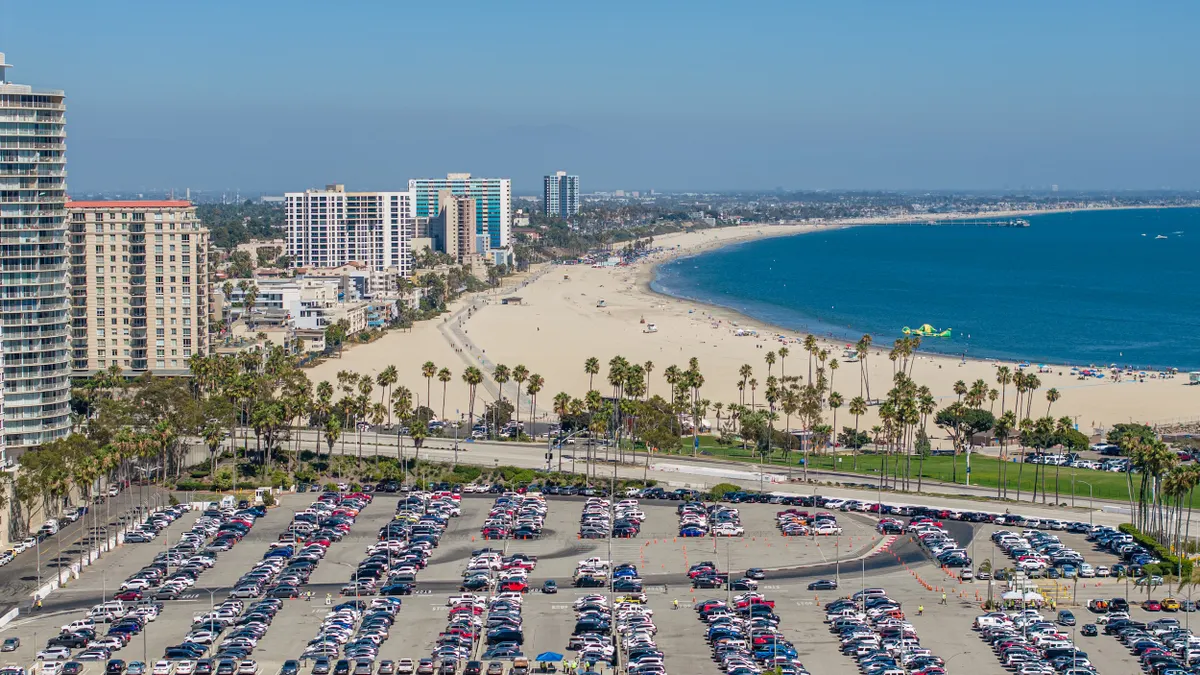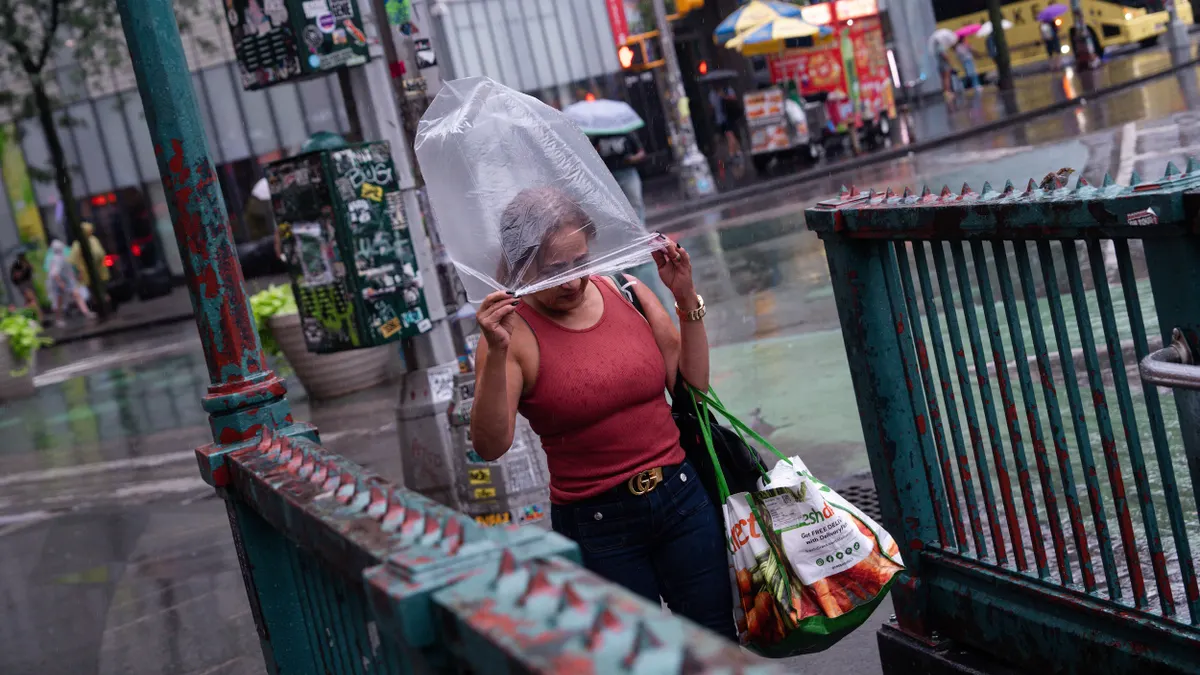Editor's Note: The following is a guest post from Christine E. Boyle, director of metering insights at Xylem Inc.
Water is on the frontlines of public health defense in every hospital and home around the world amid the COVID-19 pandemic. It is the foundation of maintaining basic hygiene and curbing the spread of the disease in every community — and it's raising the stakes for those who receive water bills.
The pandemic-impacted economy has made it challenging for utilities and households to keep the water turned on. As families and businesses struggle to pay their bills, utilities’ bottom-lines are under increasing pressure, forcing them to confront rising needs with insufficient resources. Just as it has become even more essential, water has become harder for communities to afford and for utilities to provide.
Despite these escalating challenges, there are reasons for optimism — sitting on a foundation of innovation and technology.
Innovative water utilities around the world are leveraging advanced technologies to tackle the problems of water affordability and equity head-on, making all the difference for the communities they serve. The digital transformation of the water sector is young, but already showing the same promise of positive disruption other industries now take for granted.
Tech like artificial intelligence, predictive modeling and machine learning are giving water utilities ways of doing far more for their communities while reducing spending. It’s become a game-changer for controlling water costs.
Digging up streets and laying new pipes is expensive. According to a 2020 Bluefield Research report, “The most significant rate increases are often in response to specific capital investment needs.” Instead, by using advanced technologies to optimize their networks and predict pipe breakages or sewer overflows, utilities can drive down costs, making water more affordable.
In addition, digital tools are now available to give everyday water consumers actionable insights about their water use. Real-time notifications alert customers if they are using more water than intended, giving them greater control of their water bills and helping communities facing water scarcity conserve an increasingly precious resource.
The same technology that saves consumers money often has a second benefit: saving the environment. When the City of South Bend, IN's sewers were overflowing into the St. Joseph River decades ago, fixing the problem was going to cost the city close to a billion dollars – and cost every family in South Bend more than $10,000.
Seeking to avoid the financial burden and disruption of a conventional sewer construction project, the city turned to technology. It created a "smart sewers" system, combining remote sensors with artificial intelligence to automatically move excess stormwater to points of spare capacity. The result? The city reduced sewer overflows by over 70%, reduced E. coli concentrations in the St. Joseph River by 50%, and is expected to save more than $500 million.
But if the technology to address rising water costs is available today, why are communities still struggling to keep the taps on for everyone?
The challenge is adoption. When your stock in trade is the essence of life, being careful is a virtue, so the water industry has traditionally been cautious about trying new technologies. Funding for technology projects can also face tougher approvals than conventional civil works, which are better understood. Therefore, when policymakers and communities make proposals to improve water services for underserved populations, they don’t often focus on technology.
Compounding the problem is a lack of public engagement on water issues. Most people in developed economies are fortunate enough to take everyday water services for granted. Water seems like a solved problem, and they aren’t aware that providing clean water and reliable sanitation often depends on water systems that may be a century or more old. Those systems need an upgrade.
Building more "gray" infrastructure – water mains, sewers and treatment plants – will always be part of the solution. According to the Value of Water campaign, the U.S. economy would gain more than $220 billion in annual economic activity by meeting its water infrastructure needs. But implementing digitally enabled, smart water solutions can help turbocharge those systems, making them more cost-efficient and sustainable.
The COVID-19 crisis is a potent reminder of water’s essential value: not just for preventing disease, but for life itself. It is imperative that we keep water flowing for everyone – affordably, and always. But even after the pandemic, keeping the water on is only going to get tougher as climate change stresses our water supplies.
The only way to ensure that water and sanitation are affordable is to make our water systems smarter and more resilient now. We have an extraordinary opportunity to solve the problem before it’s a crisis. The technologies are ready.

















